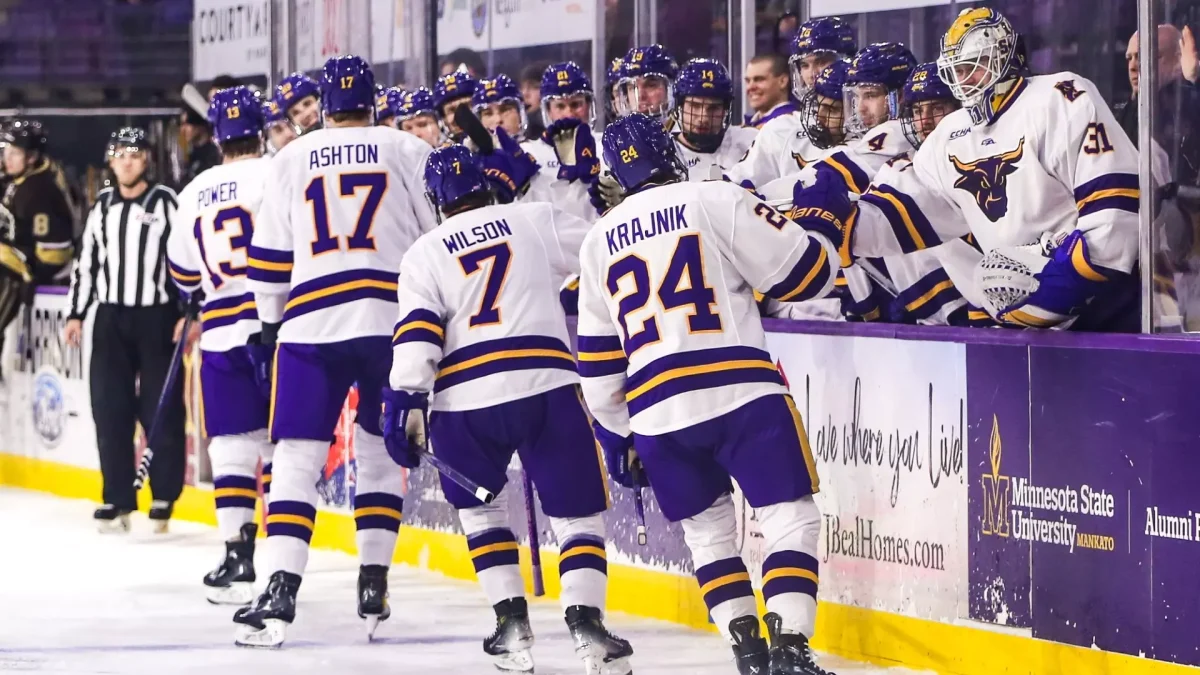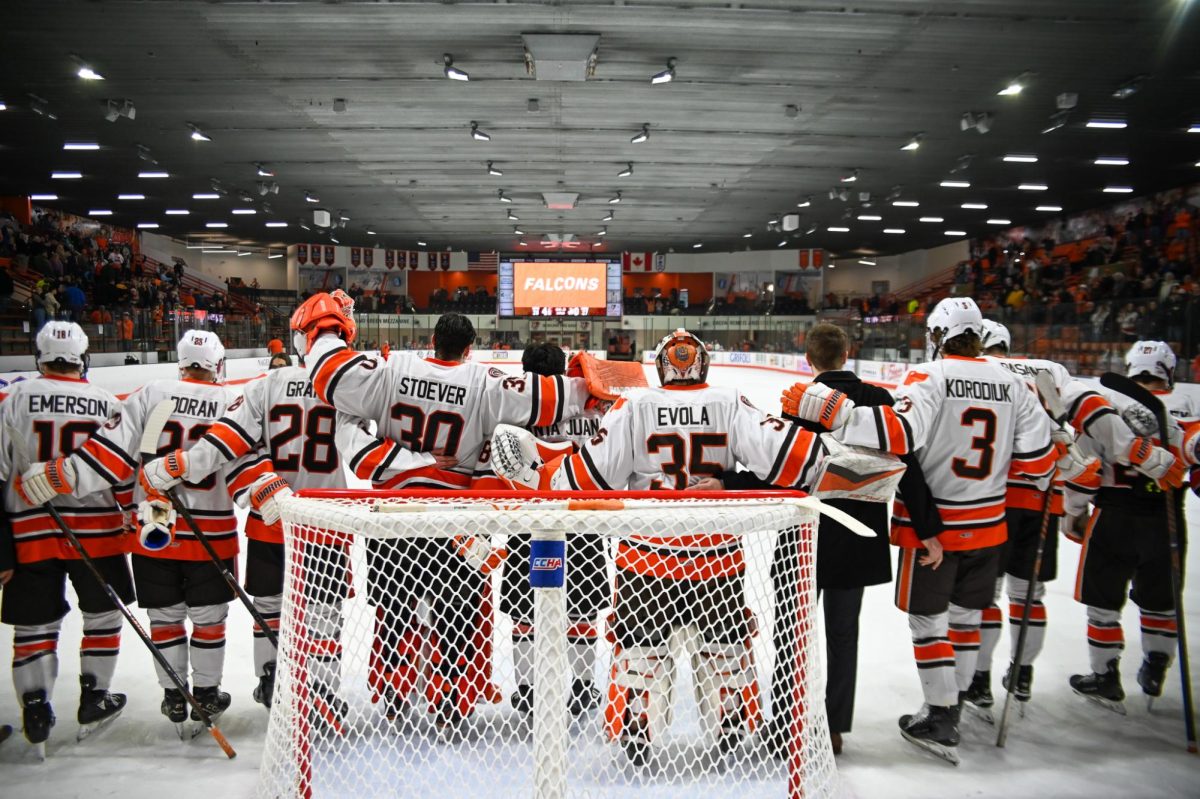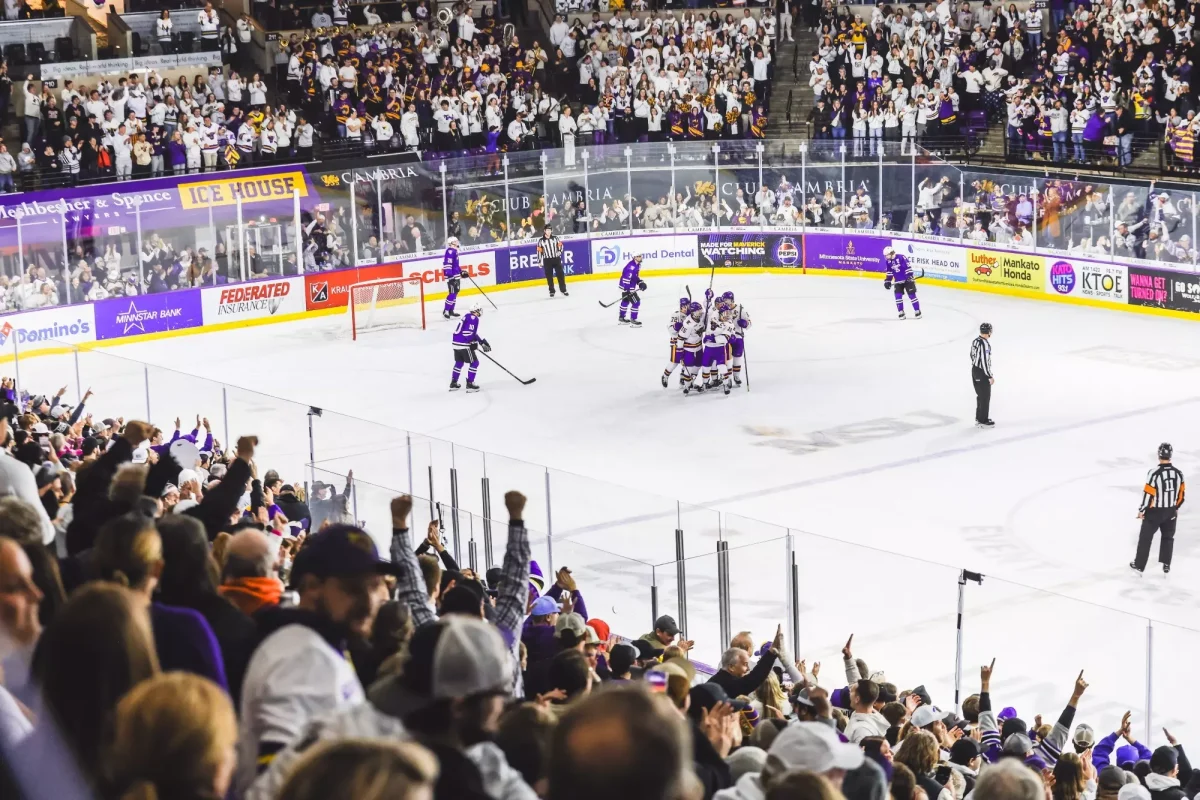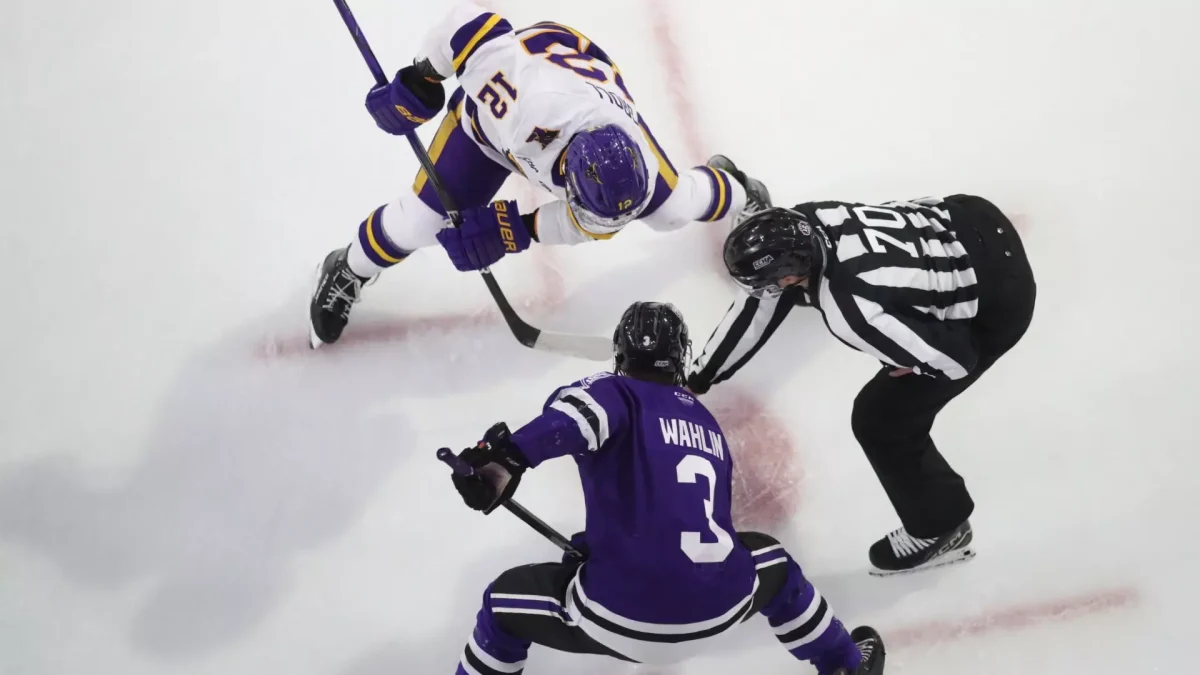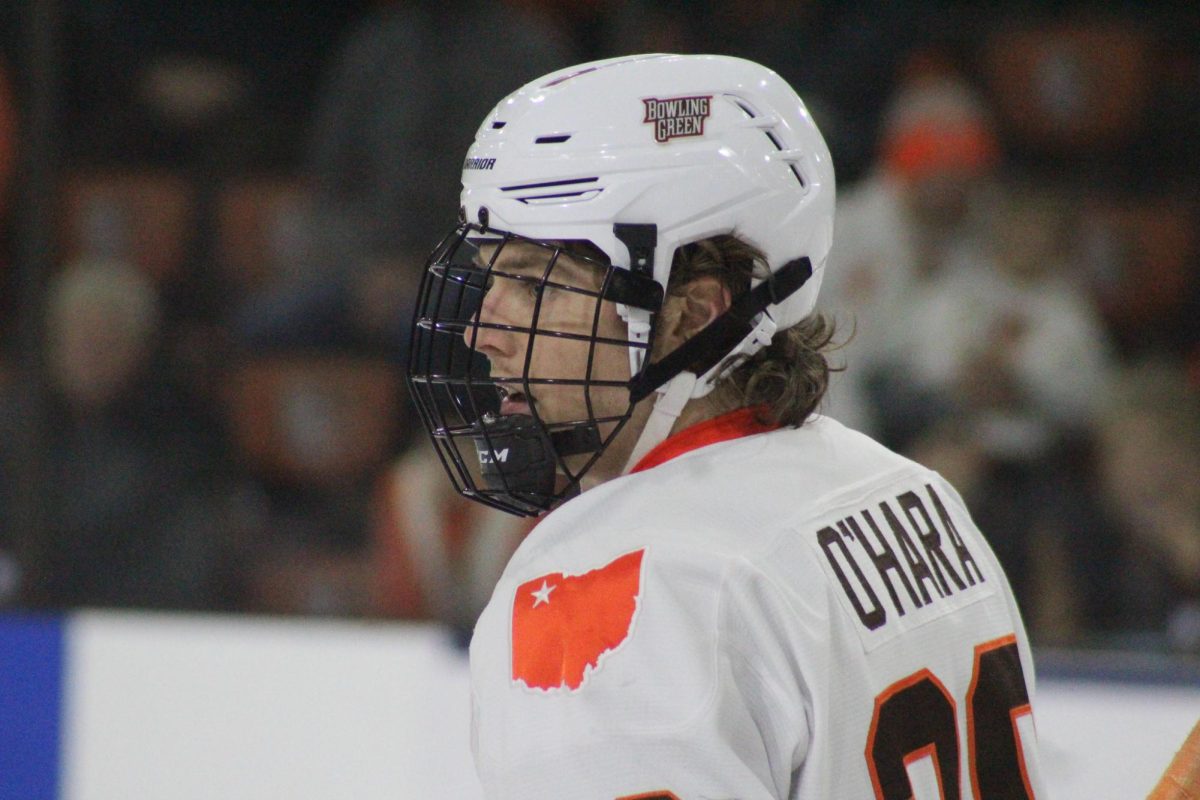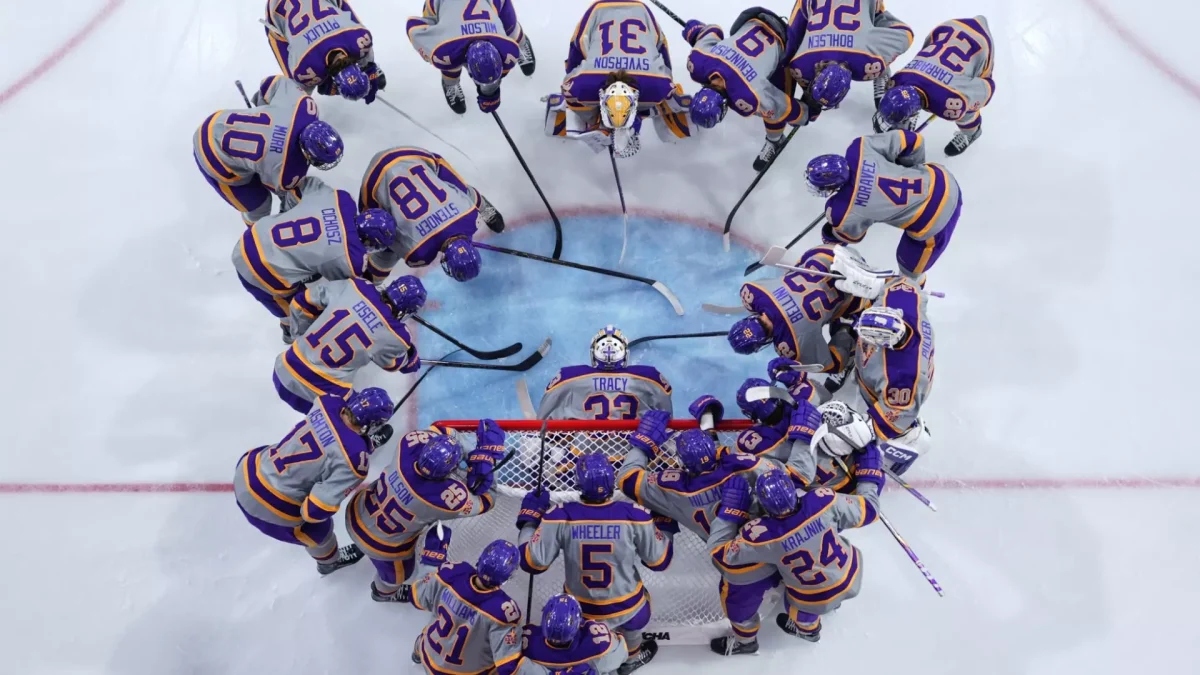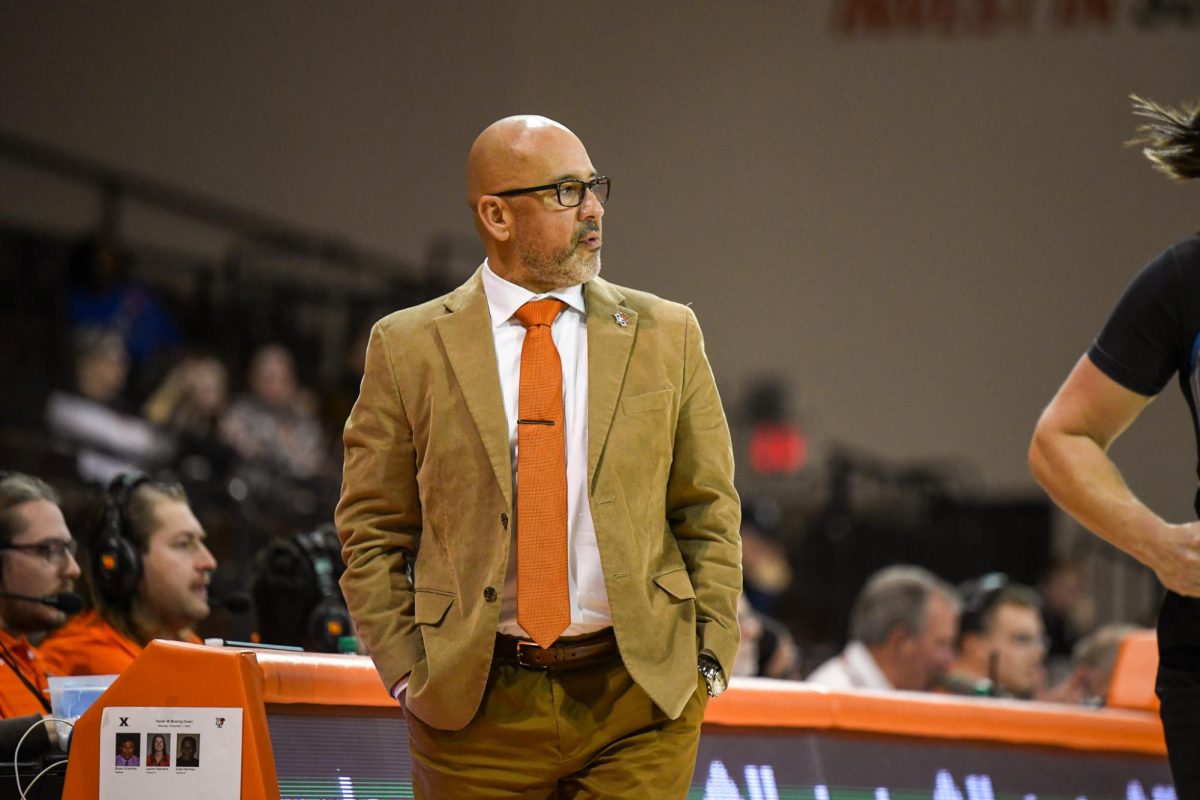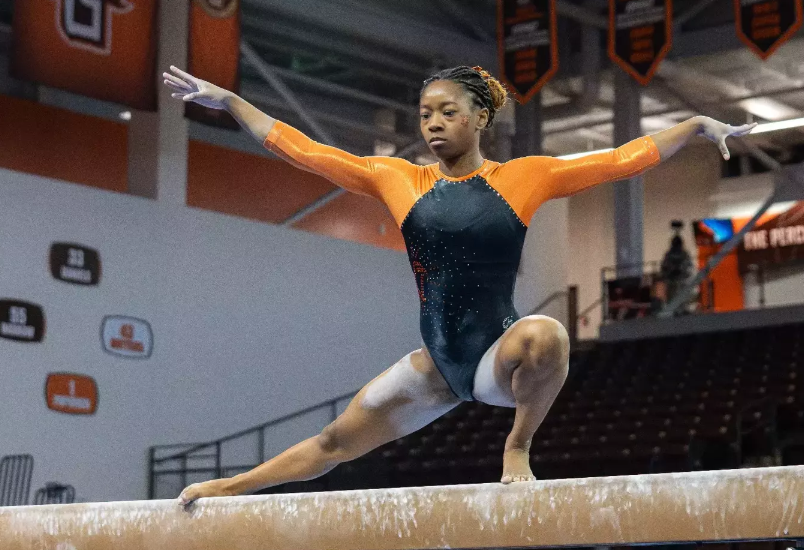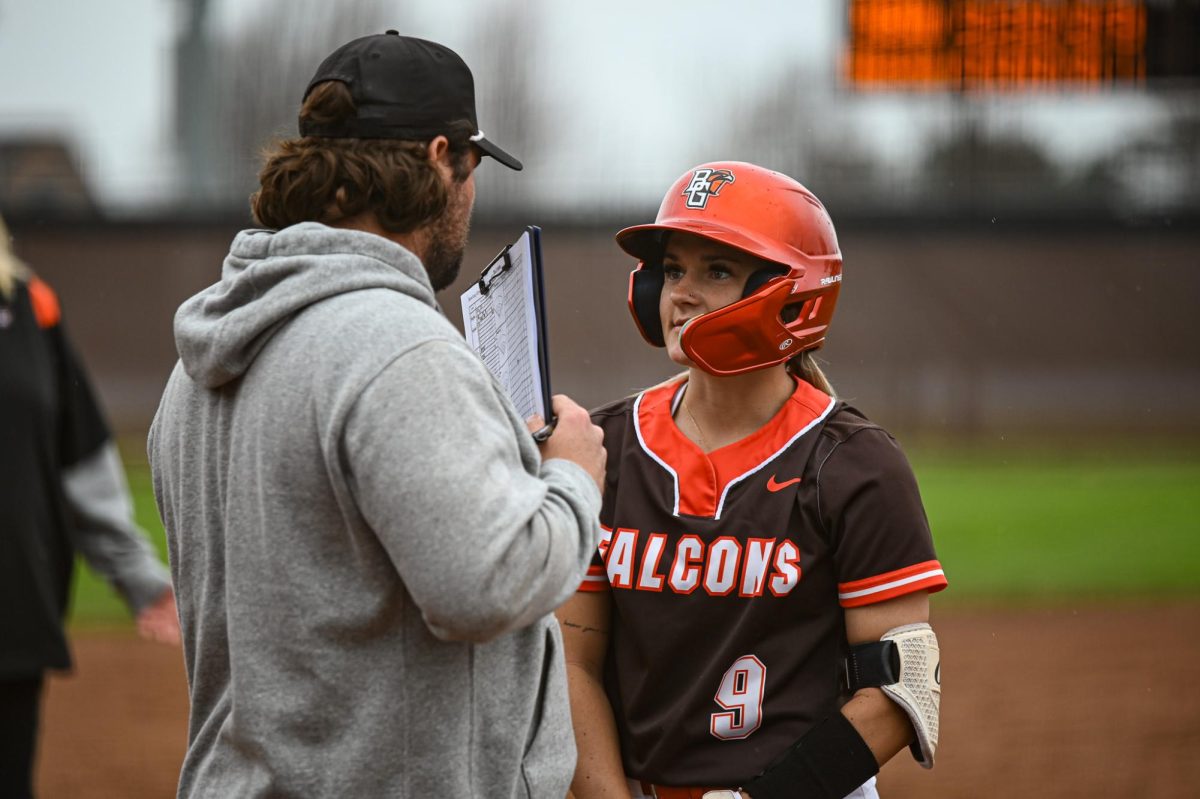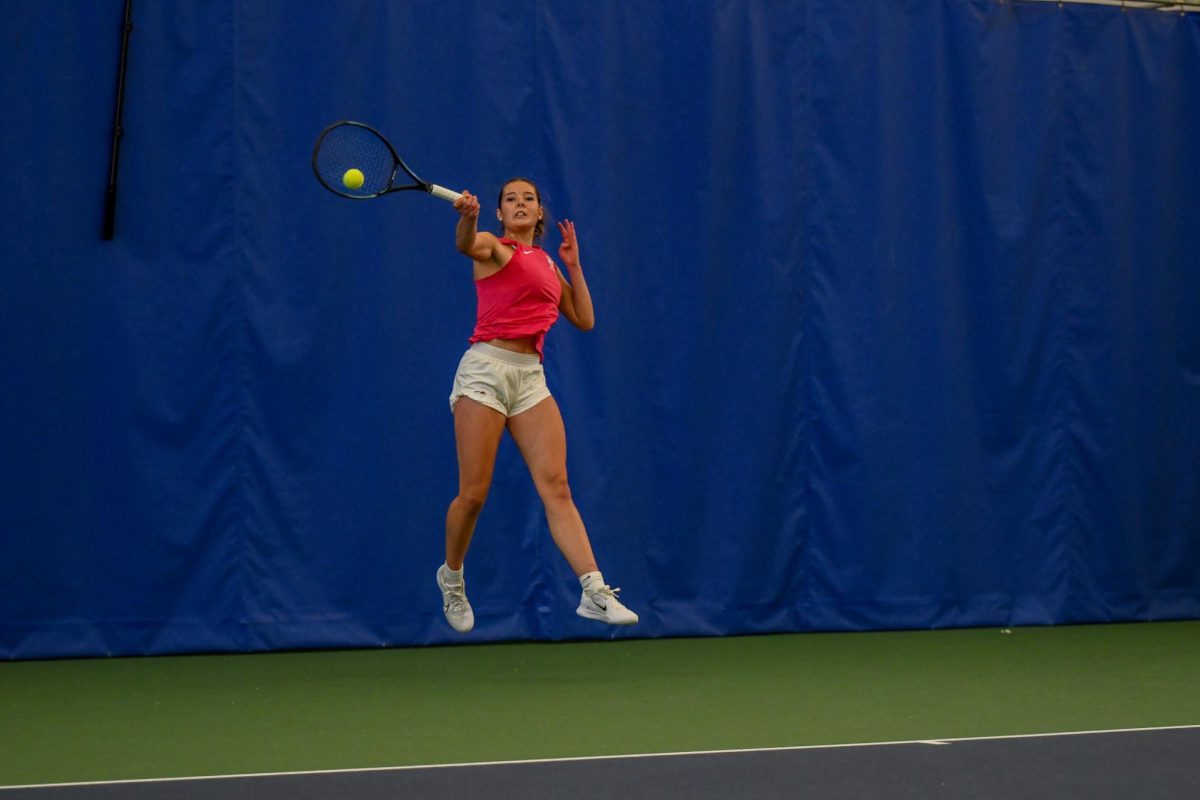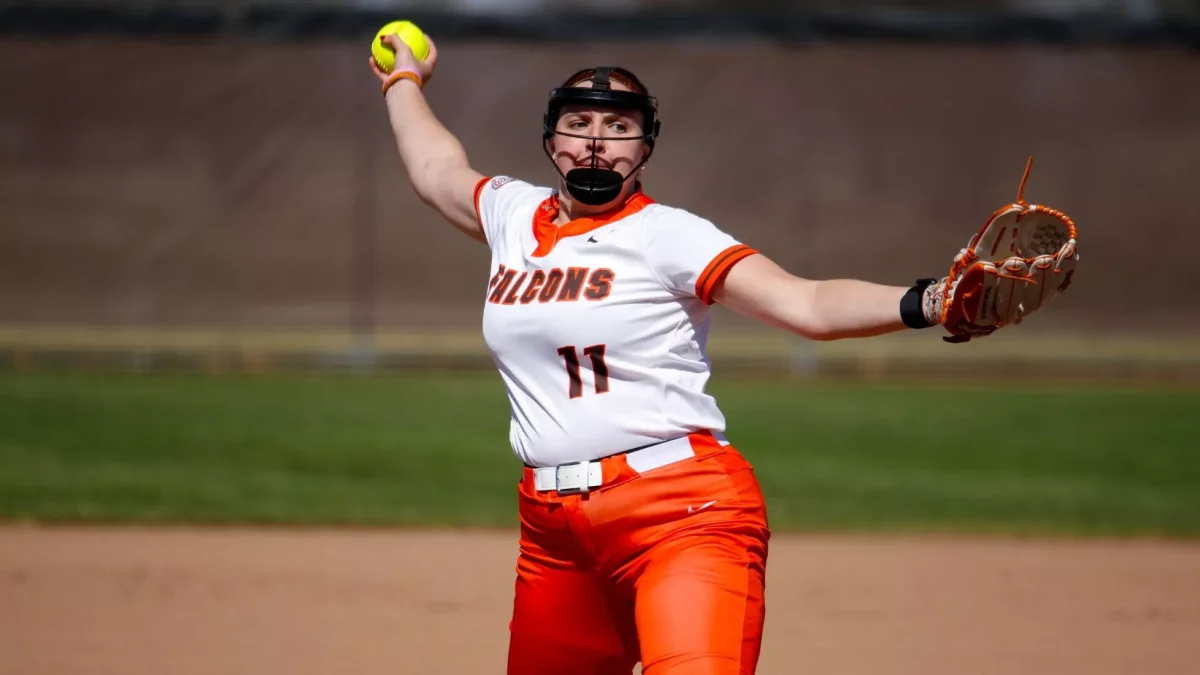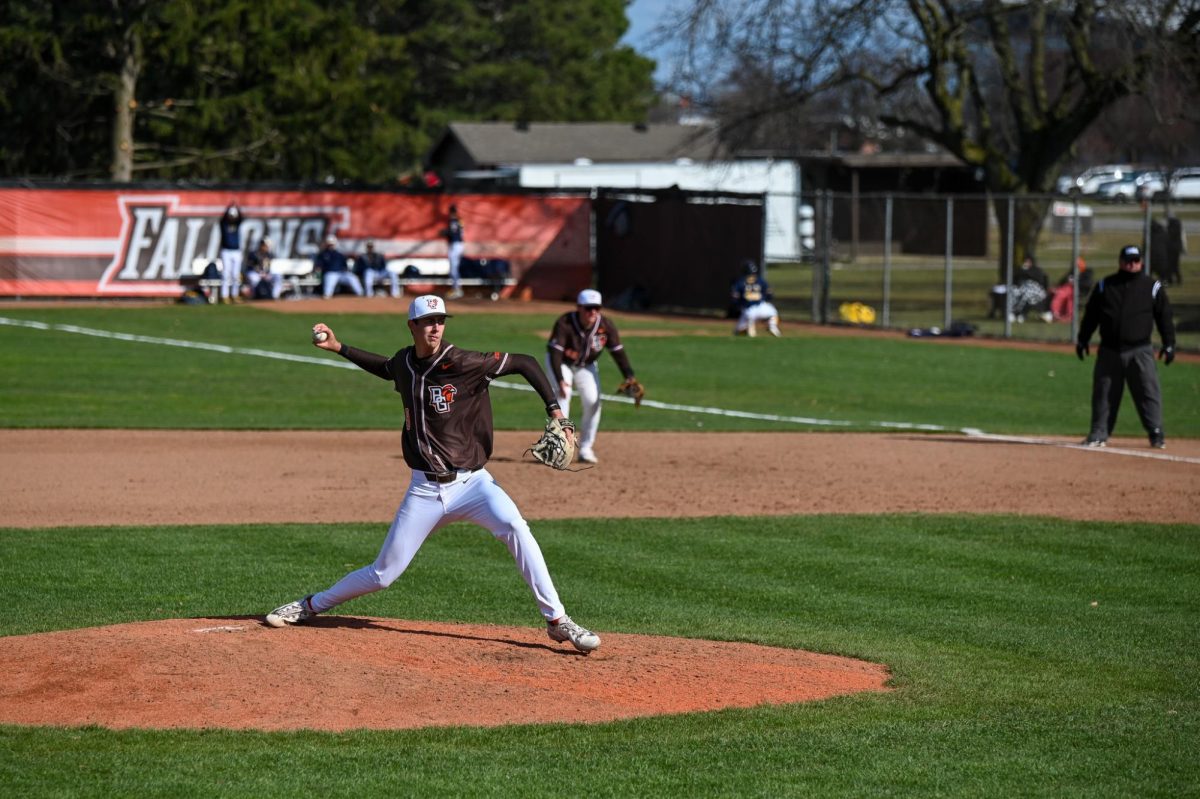A NCAA D1 council has ruled that Canadian Hockey League (CHL) players are, as of Aug. 1, 2025, eligible for playing in the NCAA provided they are not compensated beyond what is actual and necessary.
CHL players were forbidden from playing in the NCAA due to signing what was viewed as a “professional contract” and receiving a stipend every month. Now players from CHL, consisting of the Ontario Hockey League, Western Hockey League, and Quebec Major Hockey League, will no longer have to either choose a path through the major junior or a path through the NCAA.
While for years major junior players were barred from participation in college hockey, players from European professional leagues and other entities, which include contracts and payment, retained eligibility in the NCAA.
Some stipulations are as follows:
- Players from the CHL are not eligible for NCAA D3
- Players who received more than necessary expenses for their participation in the CHL will not retain eligibility.
- Players who are drafted by a CHL club or sent gifts from a club outside necessary expense for participation must pay for or return the gifts to not risk eligibility.
- Players are allowed to participate in exhibitions or training camps for a CHL club but are not allowed to receive any additional compensation beyond necessary expense.
What does this mean for bowling green hockey?
There is already a massively strong Canadian influence in BGSU Hockey spanning back to the 1980s. Allowing for CHL players to retain eligibility means an even higher number of Canadian players will be available to BGSU no matter the organization coming from.
Additionally, BG’s head coach Dennis Williams previously coached for the Everett Silvertips of the CHL (WHL) and the Canadian National Team at the World Juniors. With an already strong influx of Canadian hockey players, a head coach who has experience in the CHL and with Canadian talent can only aid in the quality of recruits coming to Bowling Green.
What does this mean for junior hockey?
Nearly all of the talent coming to Bowling Green and the NCAA is junior hockey talent from the Canadian Junior Hockey League and its subleagues (CJHL), United States Hockey League (USHL), North American Hockey League (NAHL), and the British Columbia Hockey League (BCHL). With the emergence of the CHL as a prospect pool for the NCAA, the recruiting for and participation in these tier-1 and 2 junior hockey leagues will go down.
The reason NCAA programs look to these leagues so frequently is because it is the highest level of prospect available to recruit, and the leagues are so large because it is the highest level a player can play while maintaining NCAA eligibility. Now, with a higher league available, recruitment from these minor-junior leagues will go down and the talent of hockey players will centralize into the CHL.
What should this mean for the hockey world?
Reasonably, the talent in the NCAA will get better because they are able to recruit from a larger (and better) pool of players. The talent in the CHL will also increase because great players who avoided the CHL for eligibility reasons can now play in the major junior league and eventually for the NCAA.
The talent in the lower-tier junior hockey leagues will probably see a decline. There will no longer be a decision for a great player to choose between the CHL and the NCAA to get to the NHL. He can be in the CHL and NCAA before playing for a professional hockey league.



